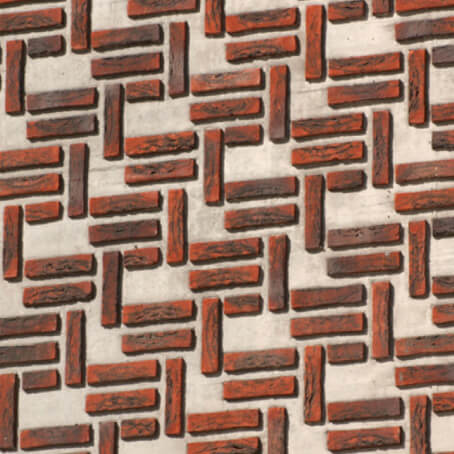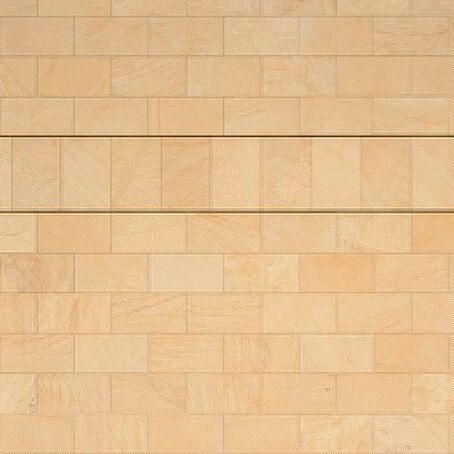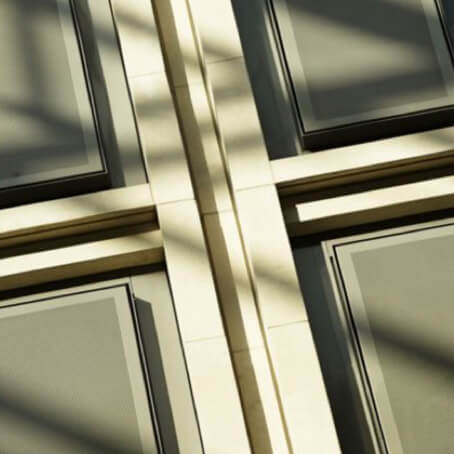The power of architectural concrete is the limitless creative options it offers regarding shape and texture. This offers the designer endless opportunities and limitless combinations. Loveld is the perfect partner for the designer to search for the intended materialisation of the face of the building.
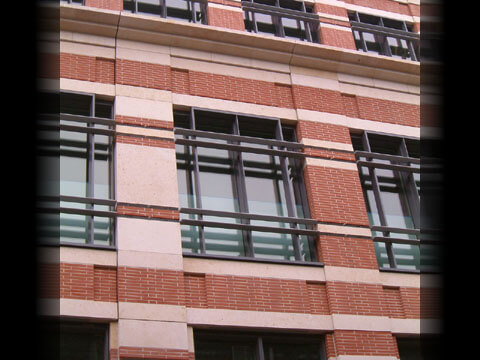
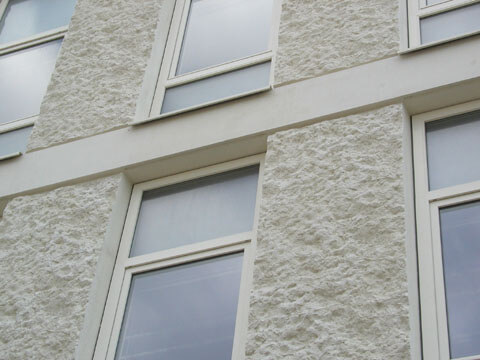
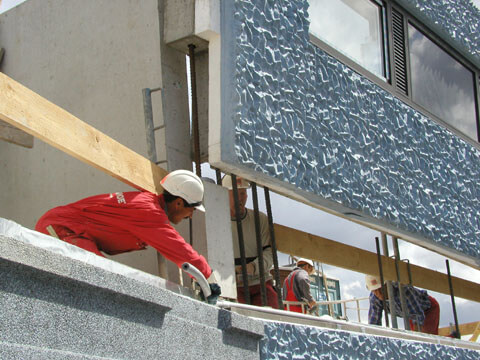
A smooth as struck surface is achieved by leaving the mould side of a concrete element untreated. Creating concrete with as even a surface as possible is one of the most difficult tasks. It demands great precision in composition of the concrete mix, great care when processing it and a perfect mould.
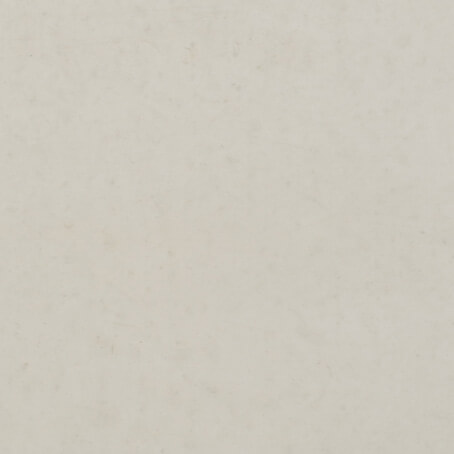
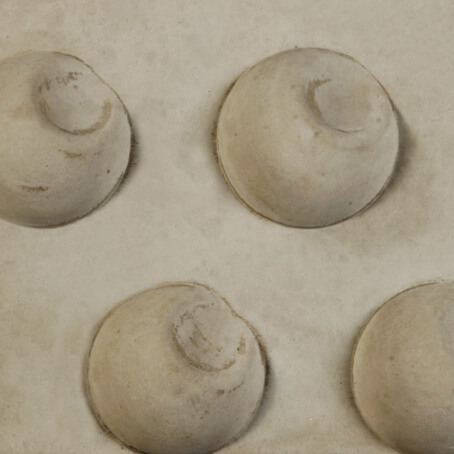
A structured surface of the concrete is achieved by attaching a structure mat or patterns to the mould. This allows endless variations of surfaces to be created of raw ‘chiselled’ stone, bamboo structure, wood structure, masonry patterns, line patterns, etc.
The visible surface of the element is blasted under pressure with grit, eroding the surface. Depending on the grit’s hardness, blasting time and pressure, either just the grains of sand or also the larger granulates become visible. The result is a rough, matt surface.
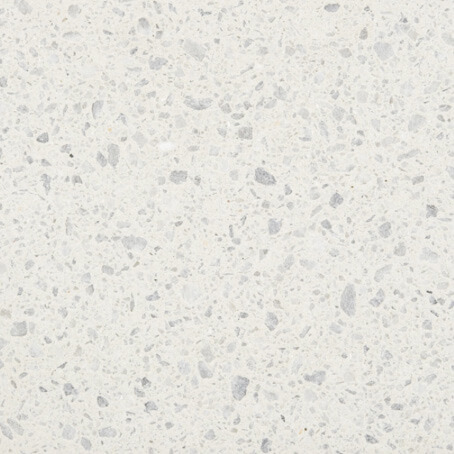
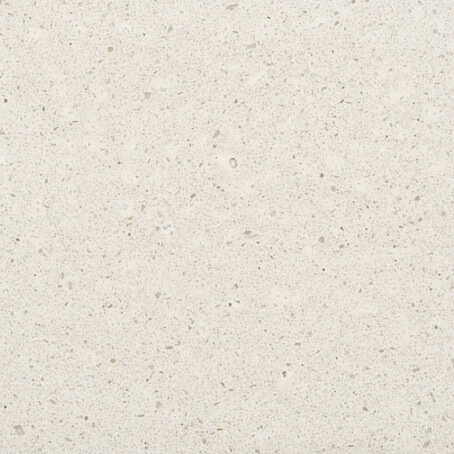
The visible surface of the concrete is treated with an acidic solution, causing the surface to obtain a fine, sandy structure. Depending on the intensity of the treatment and the type of aggregates, the affected depth and coarseness of the surface may vary.
By grinding off about 3 mm of the upper surface, polished concrete expresses the colour palette of the fine and coarse granules, along with the cement paste. The actual polishing is done in multiple phases, using finer and finer grinding stones to achieve a higher gloss with every step. Depending on the customer’s wishes, we can supply any aspect ranging from a honed finish, through a satin gloss to high gloss surfaces.
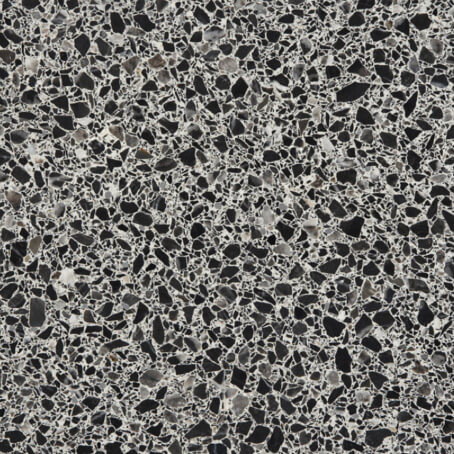

A retarded concrete surface is usually characterised by making the coarser granules visible. This is achieved by putting a ‘retarder’ onto the mould, which slows the curing process of the cement, after which the surface of the concrete is washed under pressure after demoulding.
